Donald Trump’s ‘women problem’ could cost him dearly as he enlists female White House staff to help
DONALD Trump has gone to great lengths to use his own senior female White House staff aides, as he faces an uphill battle against rising numbers of women ready to mobilise against him.
World
Don't miss out on the headlines from World. Followed categories will be added to My News.
HE was caught on film boasting about grabbing women’s private parts and has repeatedly and publicly cheated on his wives. His personal lawyer paid off a porn star to silence her claims of an affair just before the controversial election that saw him beat that “nasty woman” Hillary Clinton to the White House two years ago.
He is accused of multiple sexual assaults in an era when the questions of women and power have been fundamentally redrawn as part of the #metoo movement, and his Supreme Court appointments have sparked a firestorm of gendered controversy.
In short, Donald Trump has a problem with women. And when Americans go to the polls on Tuesday in the midterm elections - the halfway point of his first term which is widely seen as a referendum on his presidency - it could cost him dearly.
At one of his final rallies in Fort Wayne, Indiana, Trump had White House press secretary Sarah Huckabee Sanders and senior adviser Kellyanne Conway join him on stage at a campaign rally where they praised him and called on voters to support Senate Republican candidate Mike Braun.
TRUMP EFFECT: What happens if President loses ground
THE MIDTERMS: What’s at stake, and why they matter
TRUMP’S PEOPLE: Voters reveal why they support US President
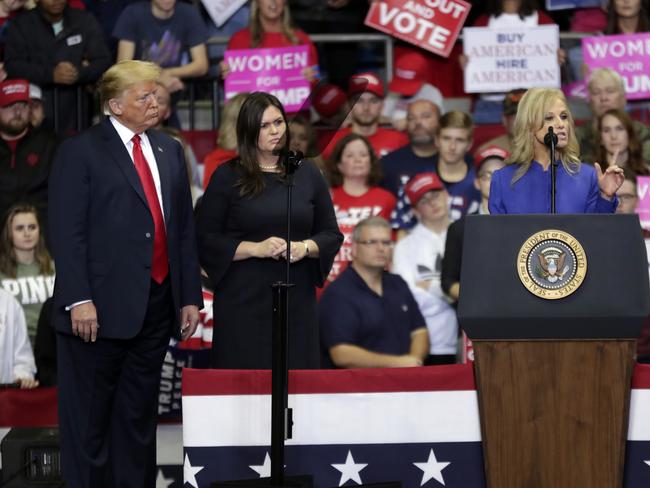
Sanders’ presence was unusual, as she does not go to campaign rallies and past press secretaries have not had a role in such political events.
“Thank you Indiana. You’ll have to forgive Kellyanne and I, we’re maybe a little speechless. We’re not used to friendly crowds,” Sanders told the crowd.
She talked about Trump’s accomplishments and said her role was “one of the greatest honours of my lifetime.”
She did not refer to her White House title to ensure she did not break a federal law banning government employees from campaigning in their official capacities.
Conway added: “Let me just say in my personal capacity, because this election is very personal to me, Joe must go,” Conway said. “Get him out.”
Their appearance raised ethics concerns that they used their official government jobs to campaign for a candidate, which would violate the federal law known as the Hatch Act.
Many viewers on social media questioned why they were there, and if they had done anything ethically wrong.
Walter Shaub, the former head of the Office of Government Ethics, wrote on Twitter a short time after the two women left the stage that White House staff can speak at campaign rallies, but can’t use their government titles.
Sanders and Conway spoke after Trump’s daughter Ivanka also took to the stage.
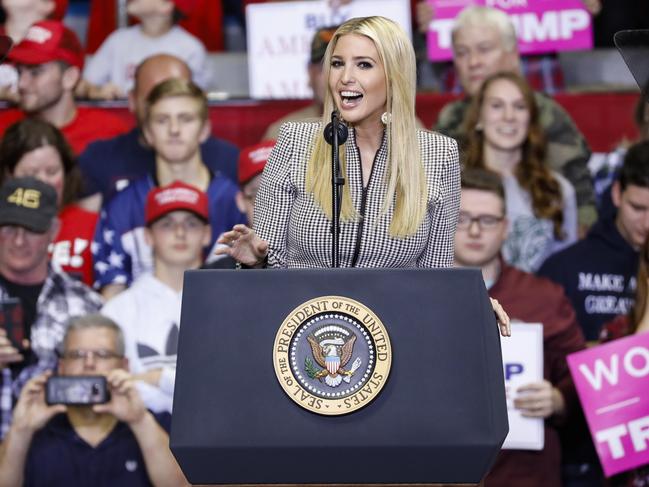
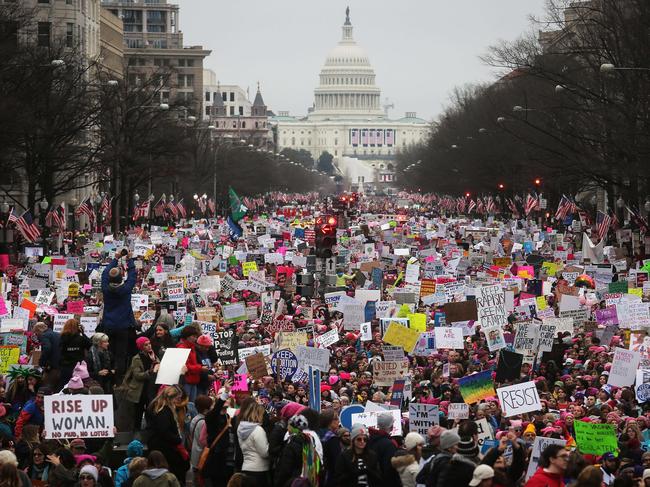
WHAT’S AT STAKE, WHO’S RUNNING
In deep south Georgia, a state synonymous with historic civil rights abuses, Democrat Stacey Abrams is poised to become the first black female governor of an American state. Polls put her in a toss up against Republican Brian Kemp, in one of the most keenly watched races of this election.
A sign of the concern Republicans hold for Georgia is the fact President Trump chose the state for one of his final midterm rallies after dozens of appearances crisscrossing America’s mainly red states over the past two months.
“If she gets in, Georgia goes backwards,” Mr Trump said last night.
“If he gets in, Georgia goes forward.”
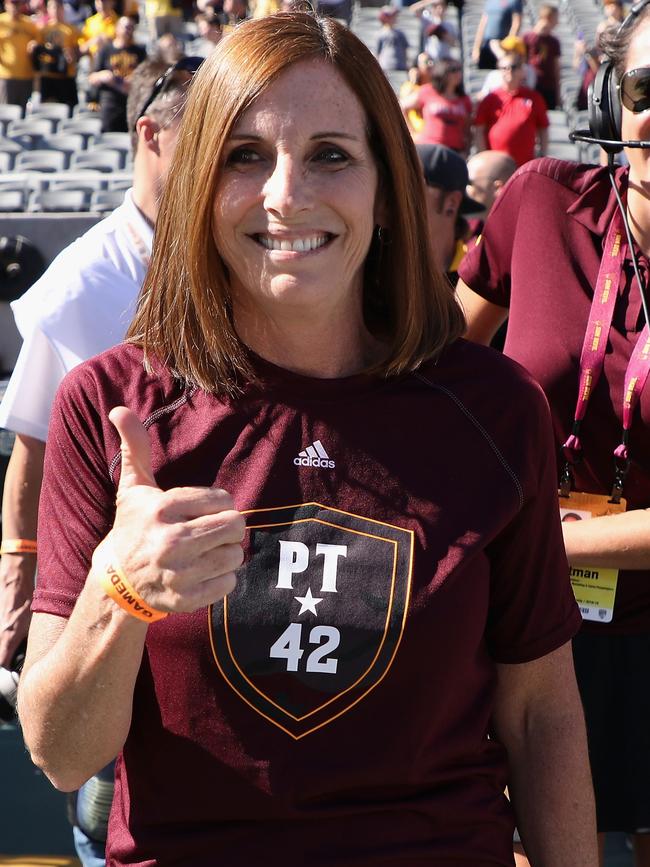
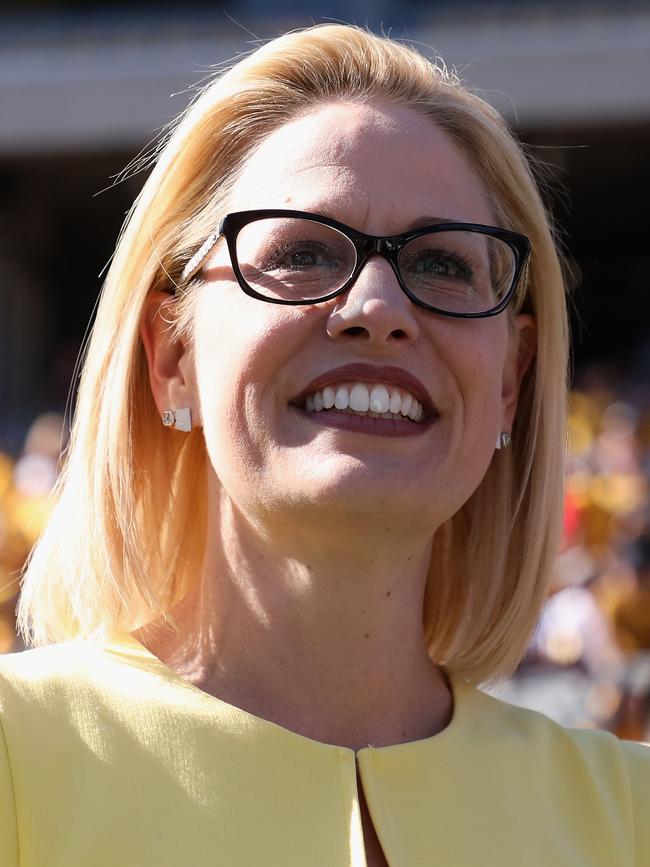
Across the country in Arizona, the Senate race between Democrat Kyrsten Sinema and Republican Martha McSally is also at a knife-edge. They are one of the six record female, head-to-head Senate races, doubling the previous three female-only Senate races from 2012.
In all, 476 women nominated for positions in the House of Representatives, compared to the previous high of 298, with 237 candidates still in the running tomorrow. There are are also 16 nominees for governor, compared to a high of 10 in the past, and 23 women vying for the Senate, beating the 2012 record of 18.
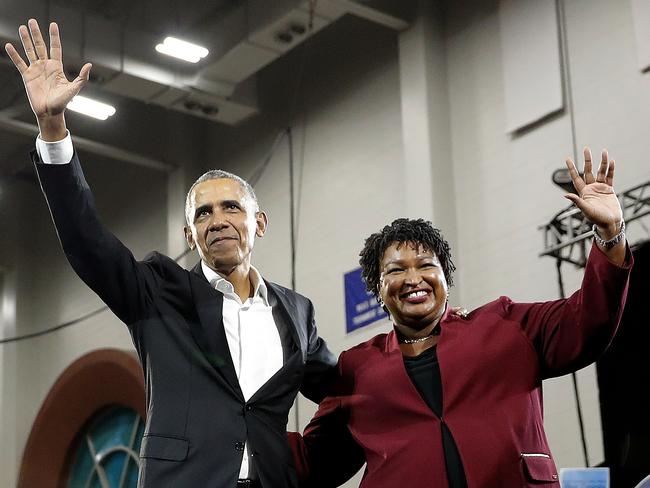
They are calling it the Year of the Woman, and for good reason, with not only a record number of female candidates across the board, but more women than ever turning out to vote, fundraise, donate and campaign.
But not all the credit for the boost in women candidates should go to the current inhabitant of the White House, said Assistant Professor Kelly Dittmar from Rutgers University’s Centre for American Women and Politics.
“We don’t want to assume that it’s only Donald Trump and that’s the only way we increase women’s candidacies,” she said last week.
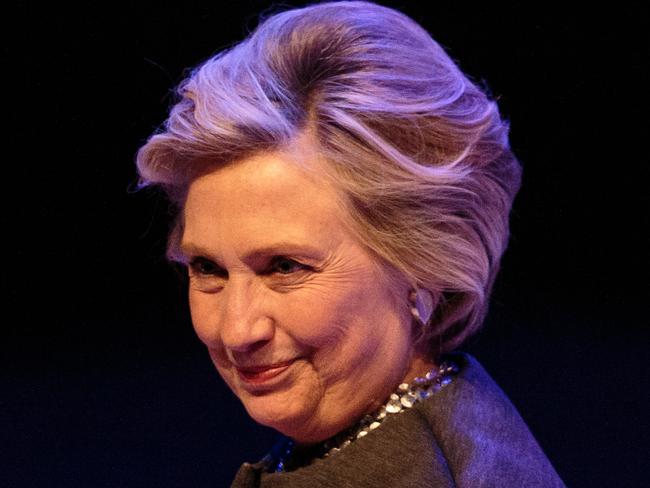
“I think a lot of these women had been engaged. It was just this created a sense of urgency.”
Prof Dittmar said while her research found there was no “universal reason” for increased female engagement, Mrs Clinton’s loss had galvanised many Democrat women to run.
“The 2016 election did seem to serve as a catalyst for many women, that if they had been thinking about it or they had been engaged in politics in other ways, that the results of the election and the concern about a pullback on some of the policy progress that had been made in the previous eight years under the Obama administration served to them as motivation to try to make their voices heard and to see the importance of them not just advocating from the outside, but translating their activism into candidacy,” she said.
“So I think it’s fair to say that about the 2016 election, which certainly includes Donald Trump and the election of Donald Trump, but not just tied to the fact of the things he said about women, more about the policy agenda that he put forth and if there was a particular concern. “So you see women doctors running saying look, I was concerned about the (Affordable Health Care Act, or Obamacare) ACA, I’m a doctor, and I decided I couldn’t sit on the sidelines anymore, I actually had to speak up.
“I would tie it to 2016 election being some sort of a – it certainly created energy among women. Some women channelled that energy into protests. Some women channelled it into financial giving.”
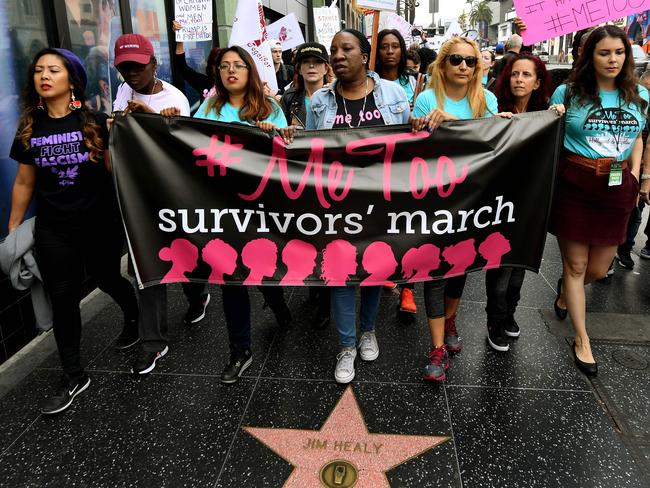
WOMEN WHO DON’T LIKE TRUMP
While Mr Trump is enjoying strong personal polling, women, who historically vote at higher rates than men, are not huge fans. The latest NPR/PBS News Hour/Marist poll found 49 per cent of women said that they disapproved of his performance, compared with 44 per cent of men. Other polls have found as much as 20 points between men and women’s’ support for the president.
While most Trump supporters are men, he also holds a strong vein of commitment from one group of women: non-college educated whites, compared to college educated white women who are overwhelmingly Democrats.
“Those electorates, at least according to the recent polls, haven’t changed much since the 2016 election in that college-educated white women still seem to be siding now with the Democrats, and non-college-educated white women still seem to be supporting the President and Republicans,” Prof Dittmar said.
“When we look at the research on gender and political psychology, my colleagues have done this work and they have again shown that gendered attitudes, attitudes around Me Too or around the problem of sexual harassment, are much more aligned on party lines than they are on gender lines.”
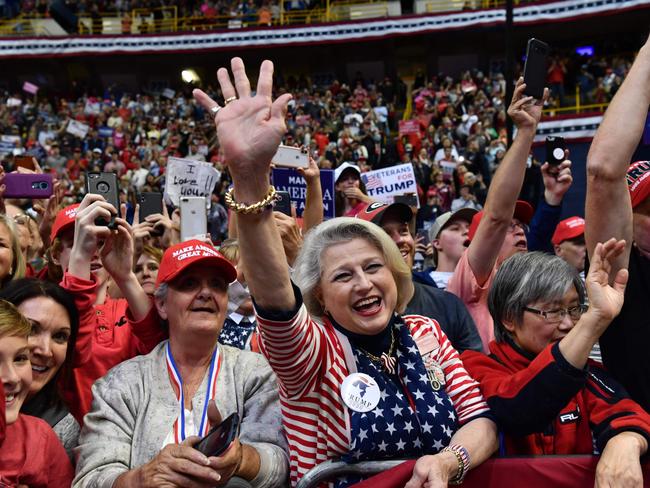
Prof Dittmar was reluctant to embrace the Year of the Women tag for 2018, given it had previously been applied in 1992, and women are still remarkably under-represented in Congress, holding about 20 per cent of positions.
“If you frame it that way people think also, on the flip side, the job is done,” she said.
“And I think in ’92 there was a little bit of that, like, oh my gosh, we nearly doubled the number of women in Congress. Look at that; we’ve done it; check the box, right. And so we needed sustained energy going forward.”
At these midterms, Democrat women outnumber Republicans, with 43 per cent of House nominees compared to 13 per cent, respectively.
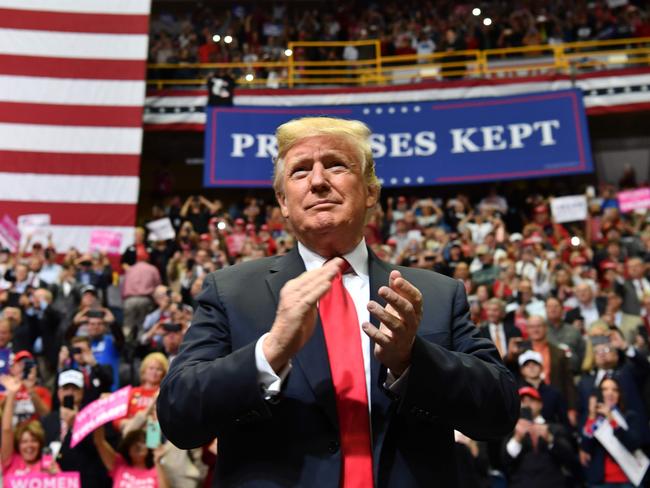
THE WOMEN WHO COULD CHANGE EVERYTHING
Prof Dittmar said there were several groups that could sway Tuesday’s results.
“There are two groups to watch for in terms of women voters particularly: women of colour voters generally, black women specifically, who are essential to the Democratic base,” she said.
“So if you’re looking at states where Democrats are trying to win, whether it be in Texas or in Georgia, you’re going to be looking at Latina voters in Texas, black women voters in Georgia who could really make the difference at the end of the day in shifting some of these races.
“Ninety-six per cent of black women voted Democratic in the last presidential, so you’re really talking about an effect on the Democratic successes based on those voters. And I should say black women voted at the highest rates of any race and gender subgroup in both 2008 and 2012, so they’re reliably Democratic voters.
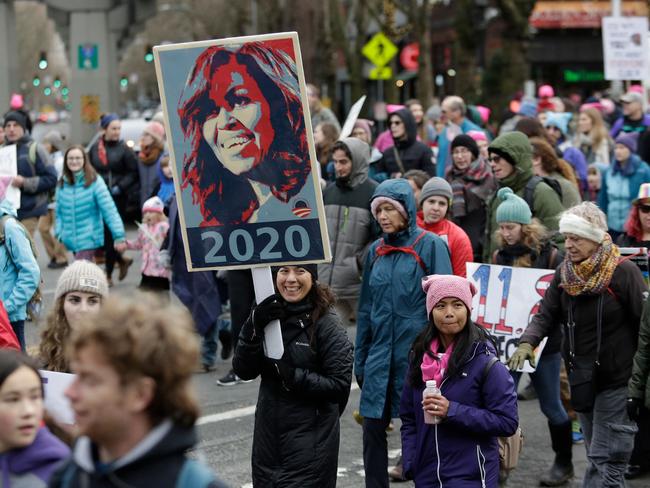
“Also watching – there’s a lot of talk about white women and what they’re going to do, particularly conservative white women. I would say one thing to watch is college-educated white women, because that is the group that we’ve seen the most shift in. So that has shifted from Democratic orientation to voting in the last election for Hillary Clinton, so the question in the midterm election is does that continue or was it just a Trump effect. From all the polling, it looks like it continues, but that’s a question.”
Although more Democrat women have been energised by the gender debates sparked by issues such as the contentious fight over Supreme Court Justice Brett Kavanaugh’s nomination, veteran Republican strategist Alice Stewart said it was critical for both sides that the #metoo movement “stay strong and continue.”
“It has done a lot of good to hold men in power and men who have committed these acts accountable,” she told Associated Press.
“In terms of significance, it is greater than the midterm elections.”
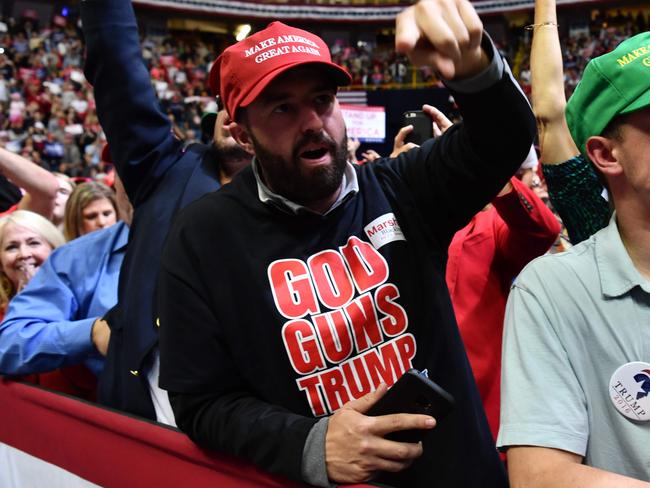
Reflecting the views of many Republican women, Ms Stewart said that the movement was “temporarily hijacked for certain groups for their own gain”.
“In that instance, it backfired. It galvanised Republicans. It made them unite behind Brett Kavanaugh,” she said.
“I say it backfired in that it reignited the intensity of Republicans due to the levels that the Democrats would go to, to turn the confirmation process into such a character assassination.”
But even though they have taken up more oxygen than most in this election cycle, gender issues are nowhere near the top priorities for most female voters, who tend to focus first on the economy and on America’s beleaguered health care system, according to Prof Dittmar.
“The top issues for women voters consistently across elections, not just in this one, is usually the economy,” she said.
“And then, in this cycle there was a recent poll showing that health care was higher on the list then even normal for women. It’s always been high on the list but particularly around the repeal of the ACA, as well as environmental issues and regulation because of the – a lot of the efforts of this administration that are seen as pulling back on some of those environmental regulations.
“But at the end of day it’s first... how does this economy affect me and my family? And that’s true for men and women voters alike.”


